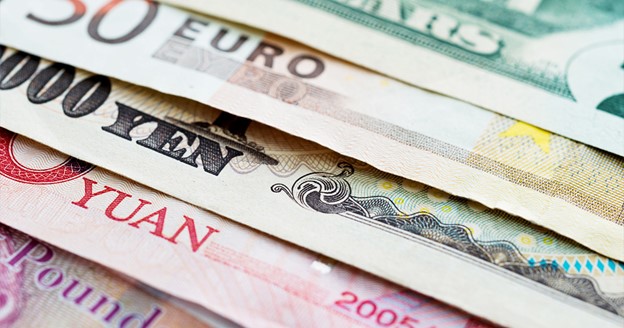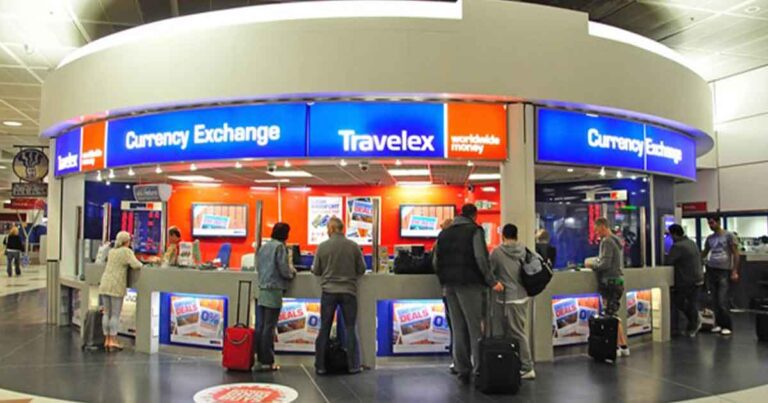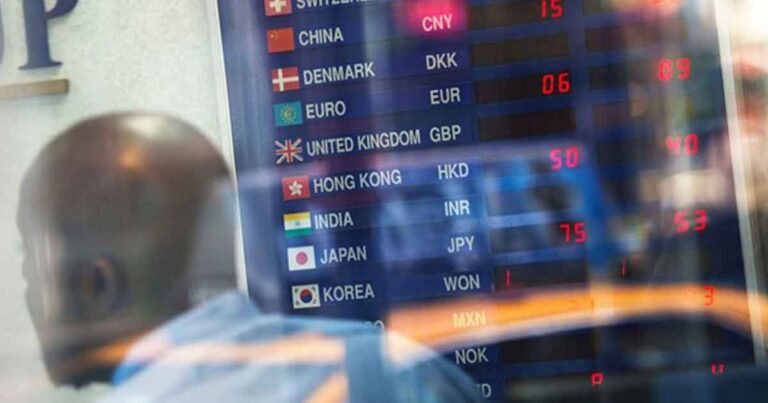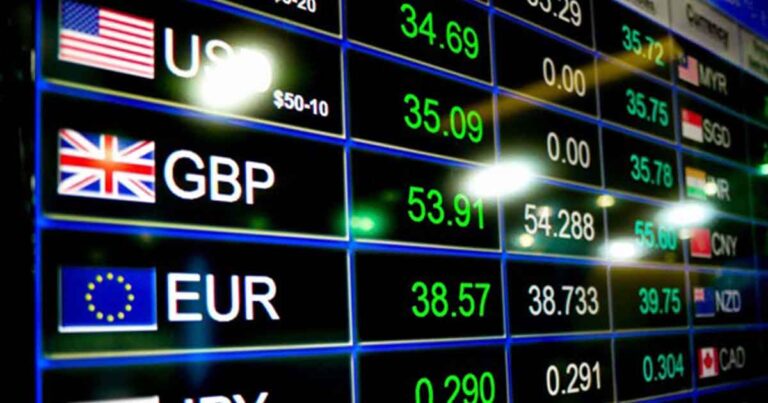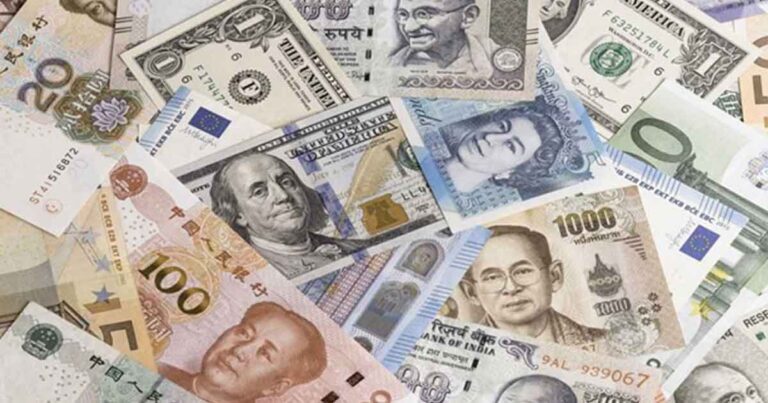It is crucial to identify it in the forex market when timing a currency exchange, because it can not only impact the speed of your transaction but also significantly affect the rate. Choosing a time when the market is liquid to make an exchange can help you obtain the most competitive prices and reduce the risk of slippage, compared to times of low liquidity, which can result in sudden market shifts, higher fees, and unfavourable exchange rates. Obviously, to benefit from it, you first need to identify when the market is more active.
Here’s how you can do that, using these most common indicators in the forex market.
- Tight Spreads
The first indicator of liquidity is narrow spreads, which, in simple terms, means a lesser difference between the bid, i.e., the amount buyers are willing to pay, and the ask price, at which sellers are willing to sell. This can be explained as during high liquidity times, there are more traders in the market, which keeps the competition tight, resulting in a smaller spread gap, and lower trading costs. When the spread is wider, take it as a sign of lower liquidity. Especially when trading less popular pairs, expect higher fees and increased risk.
- High Trading Volume
Another factor that can signal an active market before you go for currency exchange is high trading Volume. Every currency trader must remember that this is a rule of thumb: higher liquidity means higher trading volume. The more people are trading that pair, the easier it becomes for you to enter and exit positions. This constant flow of trades also makes it very likely to find someone to trade a pair without delay or risk of incurring an unfavourable rate, which is very common for less liquid pairs or during off-hours.
- Low Slippage
Slippage is when a trade is executed at a different price than what you anticipated from market conditions. This typically occurs when the market is volatile, with prices shifting rapidly, resulting in a discrepancy between the expected rate and the actual execution price. This indicates that liquidity is lower because when it is towards the higher end of the spectrum, orders are most likely to be executed at the desired price. So minimal slippage can be considered as one of the signs of judging trading volume.
- Price Stability
Similarly, whenever you notice a smooth and steady market, it can be a sign of high liquidity, and a great time to make a currency exchange. On the other hand, in lower trade volumes, there aren’t many traders in the market to absorb the trades, which causes sudden price movements. Take it as a red flag for lower trading volume and wait for prices to stabilise, to protect your currency trades from higher fees, less favourable rates, and other market risks.
In conclusion, look for signs such as tight spreads, low slippage, high volume, and stable price movements, as these are the signals of an active market, ideal for making currency exchanges. Time your trades, trade popular currency pairs and focus on these factors for faster and efficient execution.



